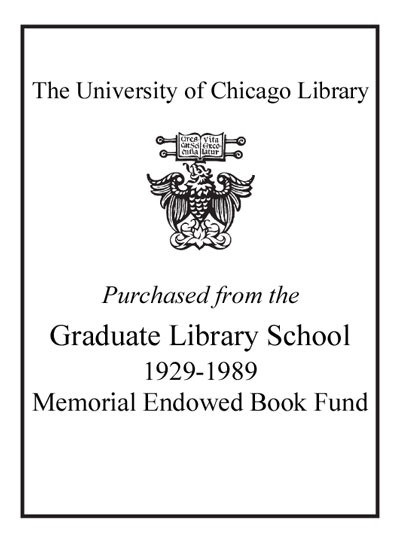Review by Choice Review
This well-researched book examines the understudied early modern Indian Ocean, looking at it as an interactive universe occupied by a variety of actors engaged in satisfying European demand for Asian (luxury) goods. Machado (Indiana Univ., Bloomington) argues that far into the 19th century, South Asian merchants, not British traders and Portuguese administrators, dominated the commerce of the Indian Ocean and that East Africa was their main focus. These merchants are traditionally thought to have faded after being edged out of the Persian Gulf and Red Sea trade in the mid-18th century. In reality, however, they redirected their activities to the African coast, where until circa 1850, they conducted a lively trade, mediating "linkages between regimes of production and consumption." Individual chapters deal with the ways the Gujaratis (long India's premier merchants) organized their business, the logistics of their trade involving navigation and shipbuilding, and the various commodities whose trade with New World bullion connected the Indian Ocean all the way to the Atlantic. Somewhat mechanical in its scant attention to human agency and falling short on its promise to bring African consumers to life, the book nevertheless makes a major contribution to the new institutionalism in early modern commercial history and brings an important, non-European commercial network to light and to life. Summing Up: Highly recommended. Upper-division undergraduates and above. --Rudi P. Matthee, University of Delaware
Copyright American Library Association, used with permission.
Review by Choice Review

